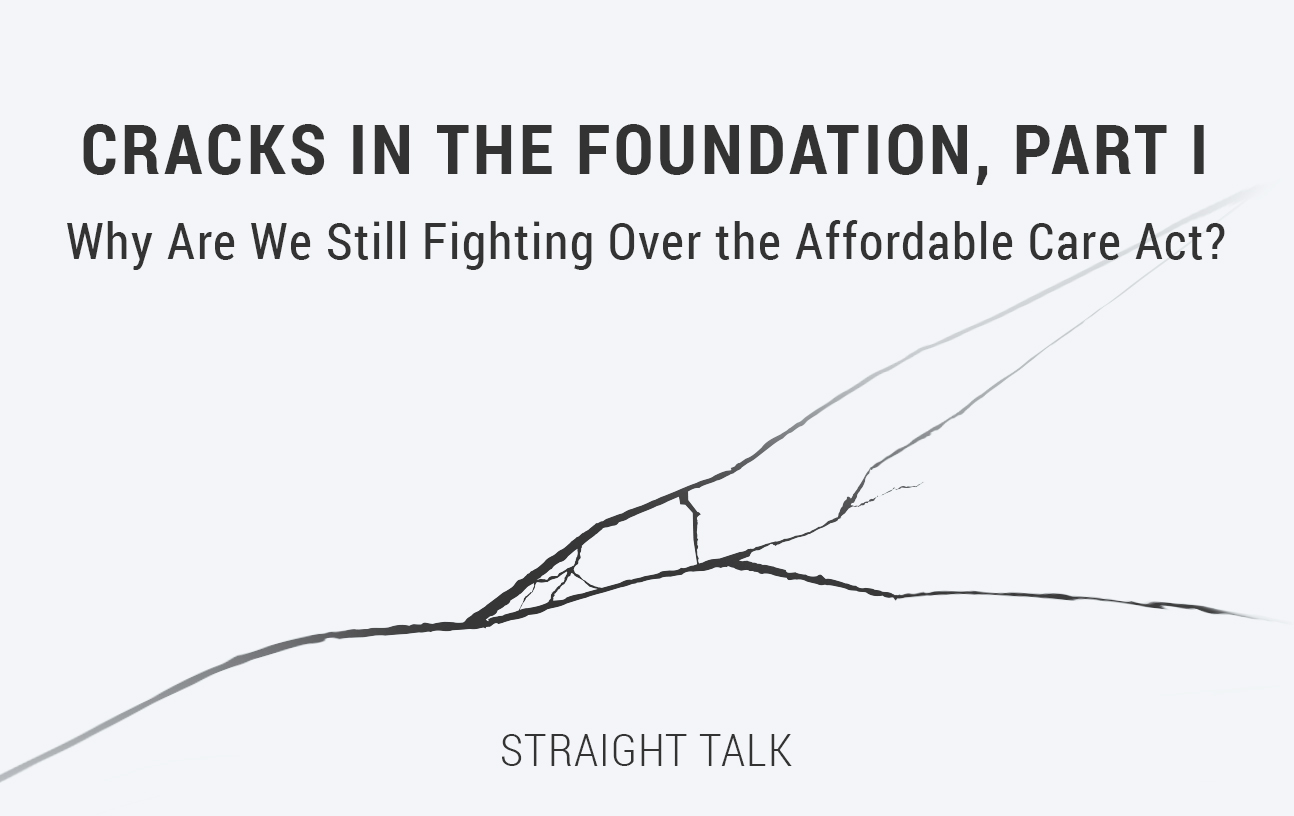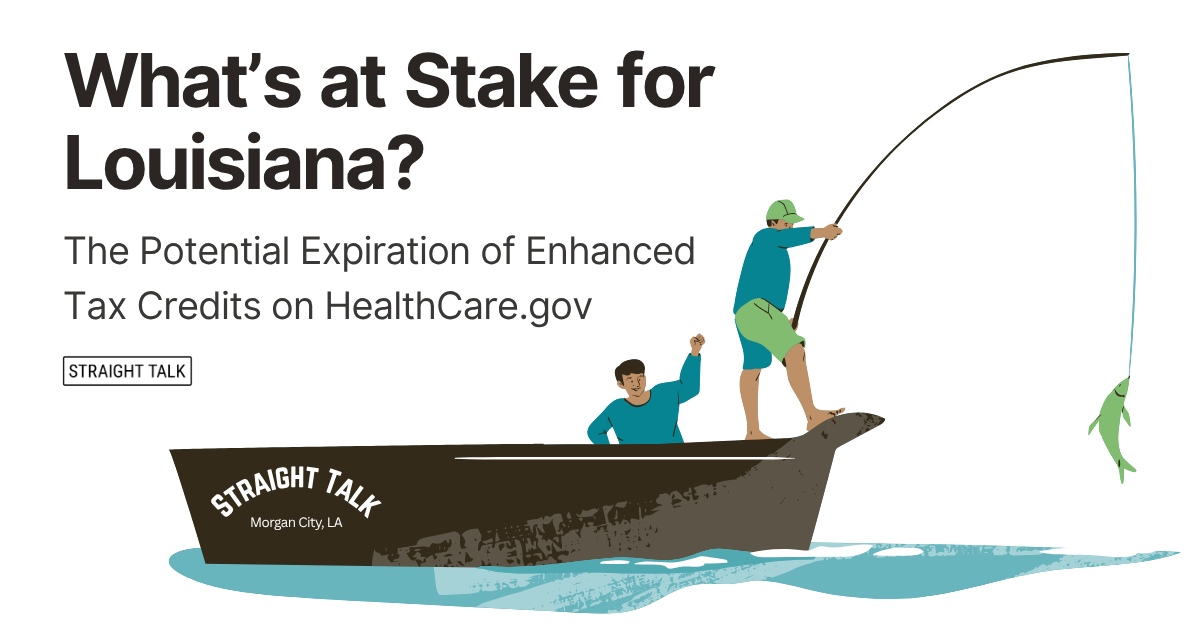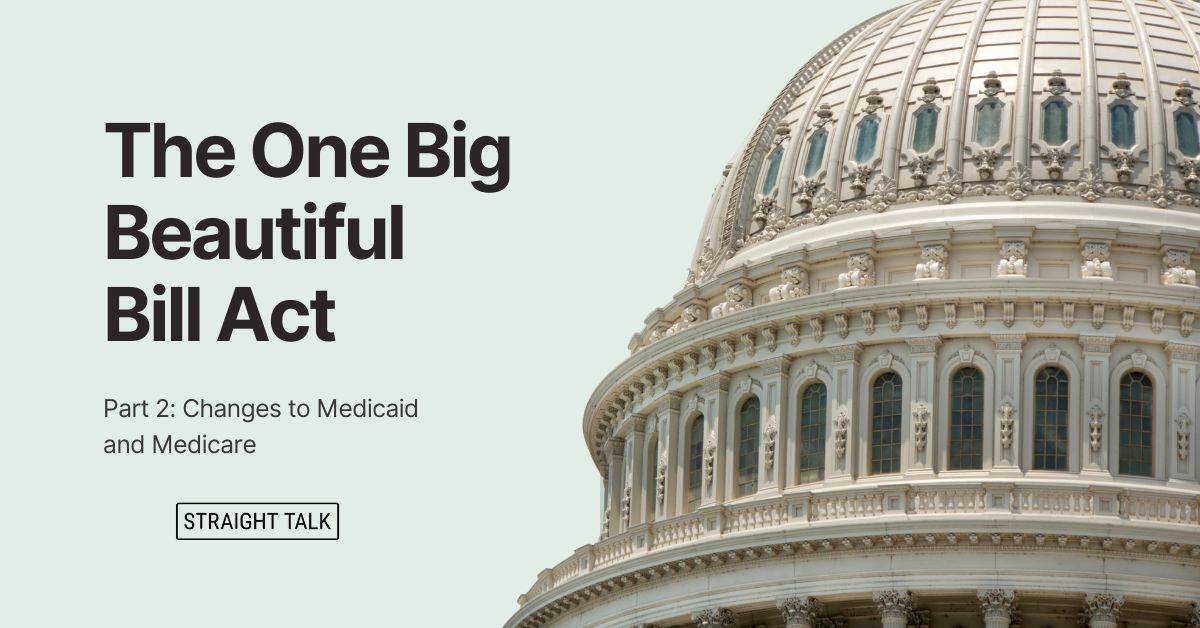This is part one of a three-part series explaining the origins of the Affordable Care Act (ACA) and issues that have arisen, leading up to the currently pending lawsuit to do away with the ACA.
On Friday, Dec. 14, 2018, a district court judge in Texas, in a decision on a very large lawsuit (Texas v U.S., or formerly, Texas v Azar), said that the Affordable Care Act is over. Done. Completely unconstitutional and unenforceable. He basically did everything in his power to wipe the ACA from the earth, short of shutting it off immediately.
How Did We Get Here?
So, Mike, does this mean a whole bunch of people just got kicked off of their health insurance?
Not yet. Maybe not ever. Still got some work to do before we get to that – the case is being appealed, and until a final decision is made, health coverage you bought for 2019 will take effect as planned.
So Mike, hasn’t Obamacare been sued, brought up in court before? Haven’t people been trying to kill it for years now?
Absolutely. The ACA has proven remarkably resilient both politically and legally up to now.
So Mike, why on earth do people keep trying to shut it off? And how do they keep finding these legal loopholes to force the ACA back into Court?
Now THAT is a quality question. If you really want to understand why this law seems to be constantly under assault, why its legal existence seems constantly in jeopardy, why people just can’t seem to “get over it,” then you’ve come to the right place.
The ACA’s Beginning
I had the good fortune (misfortune?) to be boots-on-the ground on behalf of Blue Cross and Blue Shield of Louisiana in Washington, D.C. from 2008-2010. My boss at the time assigned me to predict what the Patient Protection and Affordable Care Act (the formal name for the law we call ACA, others call it Obamacare; it’s all the same thing), combined with the Health Care Education and Reconciliation Act (Obamacare Part 2), would change about health insurance.
If you really want to know what I heard, saw and anguished over during those years, you shall wait no longer! I’m going to do a short series in these pages to explain the reasons why the ACA remains such a hot-button item that politicians simply cannot leave alone.
It’s a fascinating story of good intentions, legislative misconceptions, errors, temporary triumphs, hubris and hideous setbacks – all done while trying to manipulate 18 percent of our entire economy, some $3 trillion a year, and redirect those funds into paths one political party thought were more acceptable. It’s a story of a great trial, myopia, weakness, bad judgement and sometimes just plain bad luck.
But most of all, it’s a human story. About some true believers who, wanting to change the world and help people, got in over their heads and didn’t know how to back out. That determination and short-sightedness in many ways is why we are still at war over the ACA.
First up, let’s discuss why the ACA was legislated into existence in the first place.
What Problem Was the ACA Built to Solve?
Since 1996, Americans have watched as the price of healthcare has grown more rapidly than the rest of our economy, sometimes two or three times as fast. Today, it’s fair to say that no one can afford to pay for an illness out of pocket. Most of us are entirely dependent on a third-party payer to cover our medical expenses if we get seriously sick. Medicaid, Medicare, private insurance through work, the VA, private individual insurance, union-based plans — these are all entities we contribute money to BEFORE we get sick in the hopes of payment for our treatments AFTER we get sick. It’s all insurance of one form or another.
In 2008, some 46 million out of 310 million of us did not belong to ANY third-party payer organization. That means those 46 million folks had no one to cover expenses when they became seriously ill. Another nearly 10 million had a third-party payer that we might call “unreliable” when something bad happened.
So Mike, what happened when they got really sick, since they couldn’t afford the treatment they needed and didn’t have anybody else to cover the bill?
Back in the 1980s, Congress passed a little-noticed law called the Emergency Medical Treatment and Labor Act (EMTALA). Astoundingly, this law ORDERED hospitals with emergency rooms to give away their capital, labor, supplies and time for FREE to anyone who showed up there in a health crisis and had no insurance or ability to pay. EMTALA meant that anyone could access healthcare treatments in the ER for free anytime they were sick enough.
And hospitals and their legal staffs were very quick to realize that if they didn’t step-to when these patients showed up, they’d quickly find themselves on the wrong end of millions in lawsuits. So, they treated everyone who showed up in the ER. Where the money came from to do that is a key component in health insurance prices today.
Fast forward to 2008, and you’ve got 46 million people without the ability to pay, some by choice and some by circumstance, but all 46 million lacking a third-party payer to cover their costs.
Why Were People Uninsured Before the ACA?
Hold on Mike, how do you know the number of uninsured was 46 million? Seems kind of random.
I agree. Turns out as part of my job, in the summer of 2009, I was on a nationwide conference call hosted by the U.S. Census Bureau and Kaiser Family Foundation to release national research they had completed over a year’s time. That’s where the 46 million people uninsured came from. Even more interesting, during this call they revealed who these uninsured folks were and WHY they were uninsured. Keep in mind, the number is a time-bound snapshot of the uninsured. Who was actually uninsured and when fluctuated throughout the year.
But, back to the “why?” It’s entirely natural to assume that the 46 million were just some amorphous mass of poor people. I did, until this research was released. The results actually divided the uninsured pretty cleanly into four different groups who all lacked a third-party payer, but for VERY different reasons.
So let’s tackle who the uninsured were, and why they were uninsured. Why is this background important? Well, the uninsured were held up as the PRIMARY PROBLEM the ACA was supposed to solve. The 2008-2009 research showed the common reasons why people lacked insurance, and the ACA proposed a solution for each.
These were:
- The Uninformed: This group of about 11 million people was eligible to get healthcare coverage through a government program, like Medicaid or the VA, but they never bothered to sign up.
ACA solution: Make them aware of their eligibility and perform outreach to get them enrolled.
- The No-Barrier Crowd: This group of about 12 million people were uninsured by choice. They were mostly younger, healthier and had high incomes. It appears that they simply saw no value in having health insurance and chose to use their money on something else.
ACA Solution: Create a mandate that everyone has to buy health insurance or pay a fine (ultimately a tax) for not doing so.
- The In-Betweeners: These were 14 million mostly low-income, working folks who either were not offered coverage through their jobs, or could not afford coverage, or were too sick to buy coverage in the individual market, where their health status could be used to deny them coverage. Or, they made too much money for Medicaid but not enough to buy private insurance.
ACA Solution: Expand Medicaid to include much higher incomes and bring large federal subsidies to private health insurance premiums and deductibles for lower-income folks. (Most of the ACA was written to solve this one problem because policymakers projected that almost all of the 46 million uninsured fit into this category. Even after it became obvious that was not the case, they went forward anyway.)
- Illegal Immigrants: The survey acknowledged at least 9 million adults in the country illegally were uninsured, and there was much controversy about counting them in the total at all.
ACA Solution: None offered. In fact, page one of what became the ACA says in no uncertain terms that only U.S. Citizens or Candidate Citizens (those whose citizenship is in progress) may benefit from Obamacare.
So, for about 20 years prior to 2008, study groups had combed the earth and lauded the way other “developed” countries provided healthcare to folks. Coalitions formed to demand the government do more to “solve” the uninsured problem. The Single-Payer coalition in the U.S. House of Representatives had 71 members (all Democrats) by the 2008 election. Heading into that election, it was becoming clear that if the Democrats got big enough margins in the House and Senate and the White House simultaneously, they were going to “do something about healthcare.”
Next time, we’ll cover what they did after the 2008 election, a rare bird indeed.
Part II: The Best-Laid Plans
Part III: Missing Pieces





To answer “Why are we still Fighting”. Because for me and millions of other hardworking Americans my Blue Cross insurance and Blue Cross for and the rest of my company is up at least 40% since the ACA while coverage is probably down 40%. Tell me how this has helped the average guy? I pay 100% of the employees health insurance and yet they complain that the deductibles rise every year and I don’t blame them. Health insurance is our biggest monthly expense and burden and it shouldn’t be that way. The middle class cannot carry the burden for everyone. We got hosed in this deal!
Obviously it has been very well for Blue Cross and other insurances or you would not always try to sell us on how great it has been.
Derrick!
Thanks so much for your comments. I can assure you that BCBSLA has never (I’ve been here 14 years) tried to sell ANYONE on how great the ACA has been to any of our clients! If you read my article (and it’s a series, so there will be more) you will find the entire series is designed to point out that the battle over the ACA is because it was such a flawed piece of legislation, especially considering it affected almost 20% of our economy!
I speak to company owners, group leaders, brokers, and everyone who buys health insurance and none of them are happy with the status quo. It’s worth remembering, though, that no matter WHAT the ACA did to health INSURANCE, health CARE is still 80-85% of your premiums, and it always has been (some years an even bigger percentage). That means the price of health CARE is the biggest driver of what you and your employees are feeling in your premium increases. Hospital, Doctor, but especially drug prices are going up really quickly.
I’m honored that you are doing business with us, as an employer who cares so much about his employees that he covers 100% of their premiums! That is indeed a rare thing nowadays, and you are to be commended for that commitment.
And I’d like to say that the ACA NEVER “has been very well” for us, but we are just starting to make back all the money we lost in 2015-2016 under the ACA. Starting out $200m plus in the hole means it has taken a long time to stabilize this “new” market.
Good news is, premiums are DOWN for 2019, between 5 and 15% for individual products and around 5% for small group. Let’s hope we can continue that trend.
Thanks for chiming in!….mrb
My thoughts exactly. We got hosed!!!